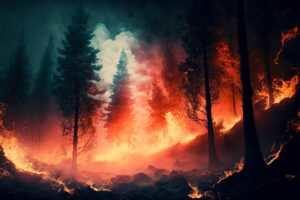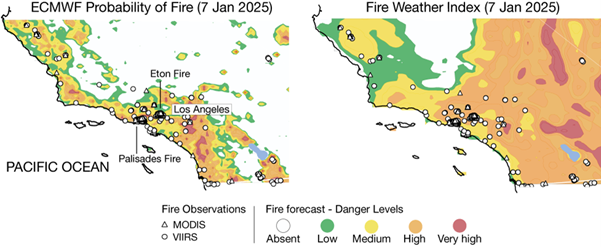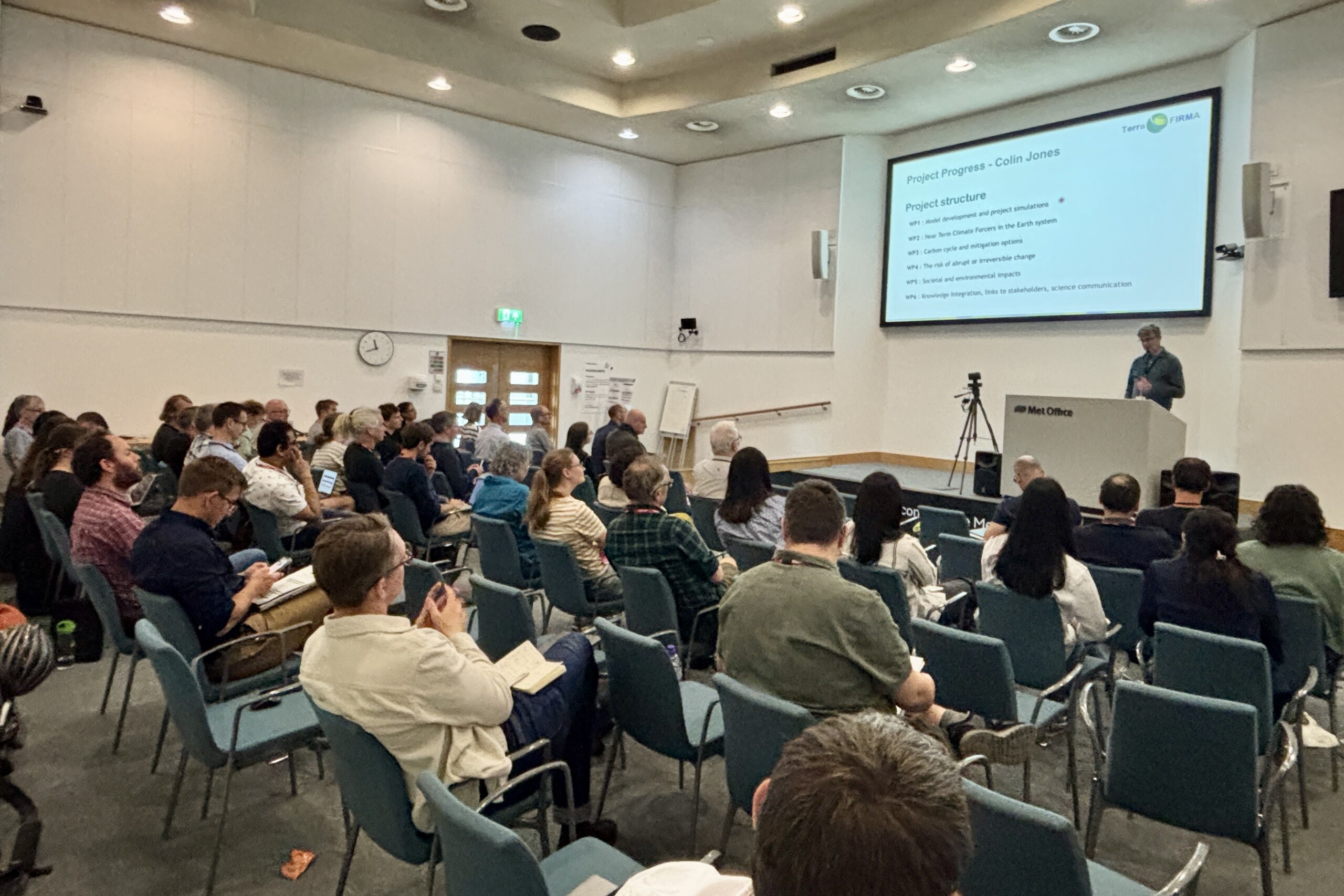News
Integrating Land Surface Modelling and Machine Learning for Wildfire Prediction
Joe McNorton
European Centre for Medium-Range Weather

In an era of AI, why does explainable machine learning still matter for wildfire prediction? ECMWF scientist Joe McNorton explores how transparency in machine learning is vital for understanding and predicting the worlds emerging extreme fire crisis. He takes us inside the Probability of Fire (PoF) system, showing how ML, satellite data, and physical models can work together to uncover the drivers of fire activity.
The PoF model plays a vital role in wildfire attribution, helping researchers untangle the complex causes behind extreme fires across the globe—from the suburbs of Los Angeles to the Amazon rainforest, from Boreal Canada to Mediterranean Greece.
My journey into wildfire prediction started in an unexpected place, wetland CH4 modelling. Over a decade ago, I was focused on understanding how the land interacts with the atmosphere from a chemistry perspective, but as my work evolved, I found myself drawn to the challenge of fire forecasting. Now, at ECMWF, I work across both the Land Surface Modelling Team and the Fire Forecasting Group, where I help develop a fire danger model that not only predicts fire risk in real time but also helps us understand the conditions that led to past fires.
One of the biggest challenges in fire forecasting is fuel—fires can’t burn without it, yet traditional fire danger models often don’t account for fuel availability in enough detail. That’s why one of our first steps was to build a global fuel model, bringing together Earth System Model outputs and satellite observations to estimate how much burnable material is out there and how dry it is. This distinction between live and dead fuels (wood, foliage, etc.) makes a huge difference in predicting fire behaviour.
Of course, fuel is only part of the story. Weather and atmospheric conditions play a big role in whether a fire will ignite and spread, but human activity is just as important. Traditional fire danger models tend to focus on the weather side of things, but we’ve expanded the approach by integrating data on ignition sources—like population density—into our framework. This way, we’re not just forecasting fire weather but building a more complete picture of fire risk.
That’s where machine learning comes in. Fire ignition and spread don’t always follow clean physical equations, so we use machine learning to sift through vast amounts of data, learning from past fires to improve future predictions. The result is the Probability of Fire (PoF) model—a global system that provides accurate fire forecasts up to 10 days in advance at both 1 km and 9 km resolution.
Beyond forecasting, we’ve also been using this model for fire attribution—essentially working backwards to figure out what drove specific fire events. By breaking down the roles of fuel conditions, weather, and human activity, we can better understand fire behaviour and improve future predictions.
Wildfire forecasting is a constantly evolving challenge, but the more we refine these models, the better equipped we’ll be to support proactive fire management and mitigation. By combining physical modelling, satellite observations, and machine learning, we’re working towards a future where we can anticipate and respond to fire risk with greater accuracy than ever before.

Traditional forecasting methods, on the right, show widespread high fire danger with little spatial information and extreme danger of fuel-limited desert regions. The PoF model, on the left, shows spatial detail obtained by combining fuel information, novel data sources and machine learning techniques to forecast where fire activity is likely to occur based on training from historic satellite fire observations.
About the project
The PoF system is one of three key attribution tools used in the TerraFIRMA-supported State of Wildfire report , co-led by ECMWF, UEA, UKCEH, and the UK Met Office. Developed by Joe and report co-lead Francesca Di Giuseppe, it provides critical insights into wildfire drivers worldwide.
Based on the Nature Communications paper, “Global data-driven prediction of fire activity” with PoF describe in A Global Probability-Of-Fire (PoF) Forecast


